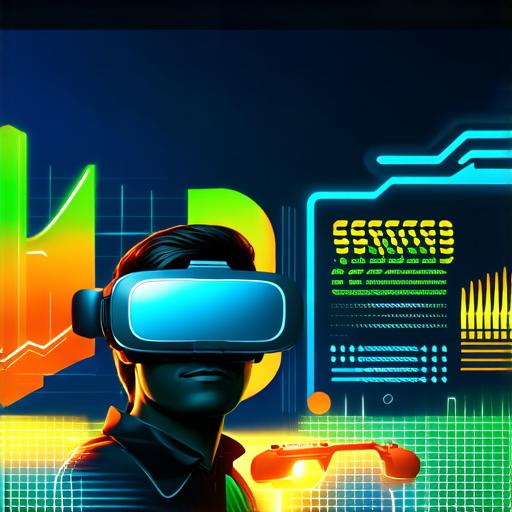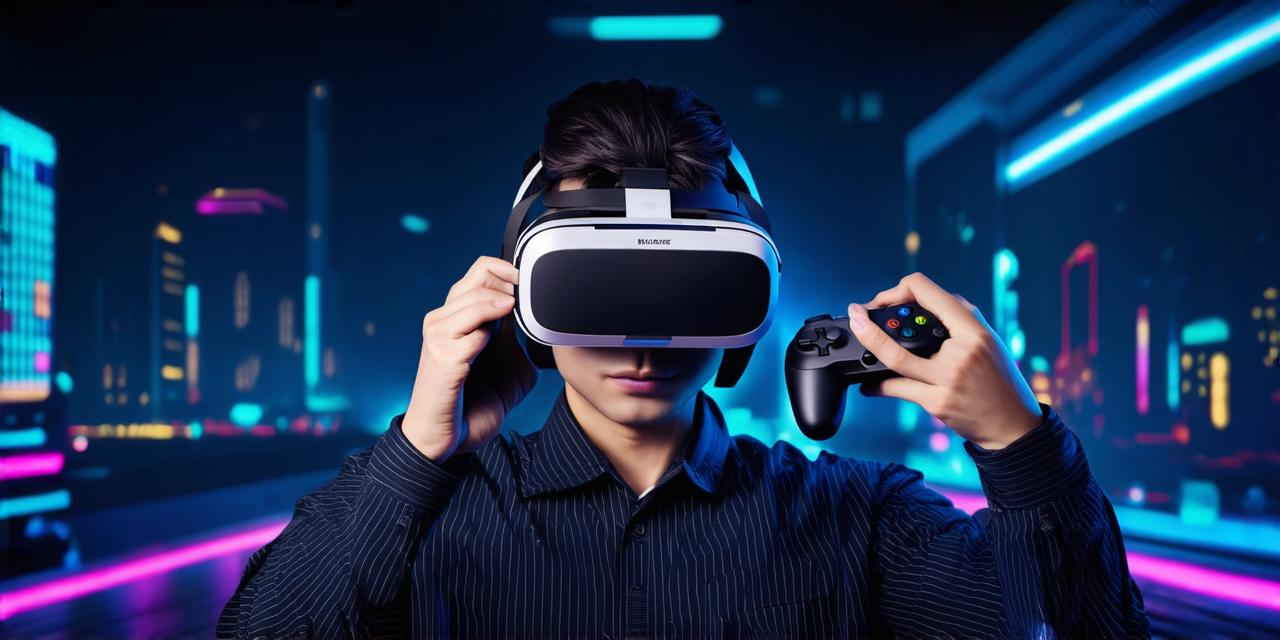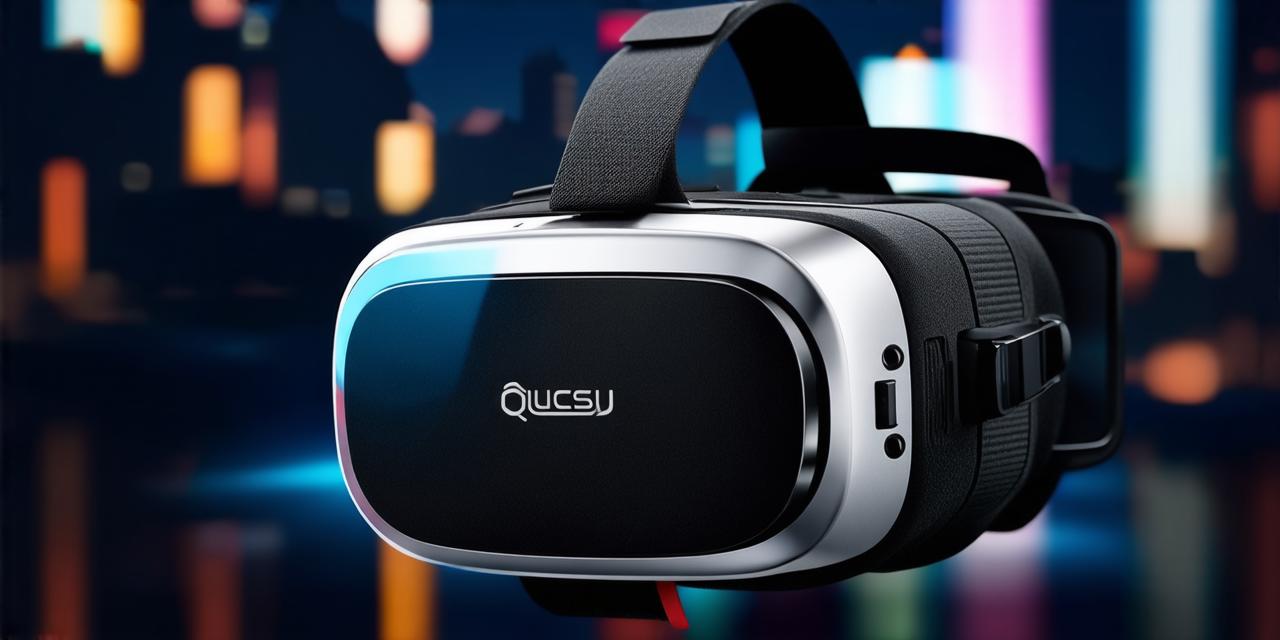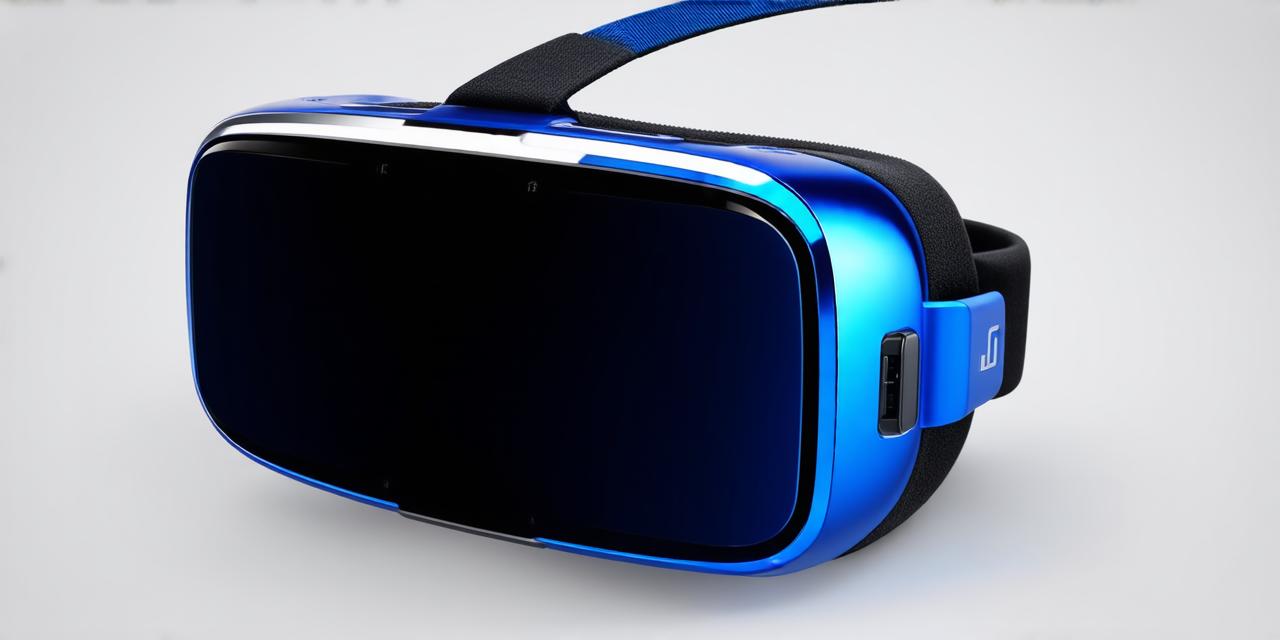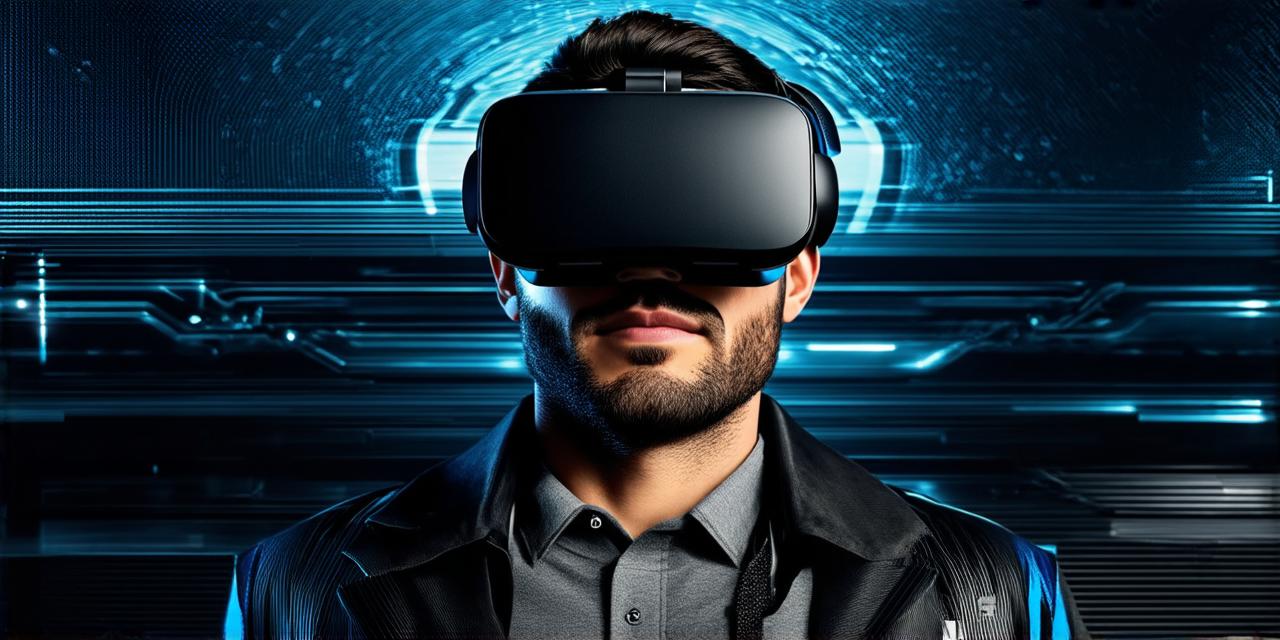Market Size and Growth
According to a report by ResearchAndMarkets, the global virtual reality market was valued at $37.4 billion in 2019 and is expected to reach $518.6 billion by 2025, growing at a CAGR of 41.3% during the forecast period. The report also states that the gaming industry accounted for the largest share of the VR market in terms of revenue, followed by healthcare and education.
The growth of the VR market can be attributed to several factors, including increasing demand for immersive experiences, advancements in hardware and software, and the decreasing cost of VR devices. Additionally, the COVID-19 pandemic has accelerated the adoption of VR technology as people look for ways to stay connected while working from home or practicing social distancing.
Virtual Reality Devices
The VR market comprises various devices, including headsets, controllers, and sensors. The most popular VR devices include Oculus Rift, HTC Vive, PlayStation VR, Samsung Gear VR, and Google Cardboard. These devices allow users to experience immersive environments and interact with virtual objects in a realistic manner.
The market for VR hardware is expected to grow rapidly as more companies enter the market, leading to increased competition and innovation. For example, Sony’s PlayStation 5 will come with built-in support for VR, making it easier for gamers to experience immersive games without having to purchase additional hardware.
Virtual Reality Applications
The VR market has various applications across different industries, including gaming, entertainment, education, healthcare, and manufacturing. Gaming is the largest industry, with popular VR games such as Beat Saber, Half-Life: Alyx, and Resident Evil Village.
Entertainment also benefits from VR technology, with movies and TV shows being experienced in 360-degree environments. Education is another industry that has embraced VR technology, with virtual classrooms allowing students to explore new environments and interact with virtual objects in a safe and controlled manner.
Healthcare has also adopted VR technology for therapy, training, and simulation purposes. For example, surgeons can practice complex procedures in a simulated environment before performing them on real patients.
Virtual Reality in Manufacturing
The manufacturing industry is using VR technology to improve production efficiency and reduce costs. VR simulations allow manufacturers to test products and processes before they are produced, reducing the need for physical prototypes and minimizing waste. Additionally, VR training programs can help employees acquire new skills quickly and efficiently.
Virtual Reality in Tourism and Hospitality
Tourism and hospitality have been impacted by the COVID-19 pandemic, leading to a decline in international travel. However, VR technology has allowed people to experience different cultures and destinations virtually, providing an immersive alternative to traditional travel. For example, users can take virtual tours of museums, art galleries, and historical landmarks without leaving their homes.
Virtual Reality in Real Estate
Real estate companies are using VR technology to provide virtual property viewings, allowing potential buyers to explore properties in 3D before making a decision. This not only saves time and money but also provides a more realistic experience of the property. Additionally, architects and designers can use VR technology to visualize and test different designs and layouts before they are built.
Virtual Reality in Sports and Fitness
Sports and fitness have also benefited from VR technology, with virtual workouts providing an immersive and engaging experience. Users can participate in virtual sports competitions or take guided tours of famous fitness centers and gyms. Additionally, VR technology can be used for physical therapy and rehabilitation purposes, allowing patients to perform exercises in a controlled environment.
Case Studies and Personal Experiences
One of the most successful VR applications is Pokemon Go, a mobile game that uses augmented reality (AR) technology to allow users to catch virtual creatures in real-world environments. The game has been downloaded over 1 billion times and generated over $2 billion in revenue, highlighting the potential for AR technology to capture people’s attention and engage them in new ways.
Another example of a successful VR application is Beat Saber, a rhythm game that allows users to swing light sabers to virtual music. The game has been praised for its immersive and engaging experience, with users reporting high levels of enjoyment and satisfaction. Personal experiences with VR technology can be transformative, leading to a sense of wonder and excitement. For example, I recently tried a VR simulation of a hot air balloon ride, which allowed me to experience the thrill of flying over a beautiful landscape without leaving my living room. The experience was so realistic that I felt like I was actually flying in the sky.
Conclusion
The virtual reality market is rapidly growing, with various industries adopting VR technology for different purposes. The COVID-19 pandemic has accelerated this growth by forcing people to look for alternative ways to stay connected and engaged. As hardware and software continue to improve, we can expect the VR market to continue to grow and evolve, leading to new and exciting applications across various industries.
